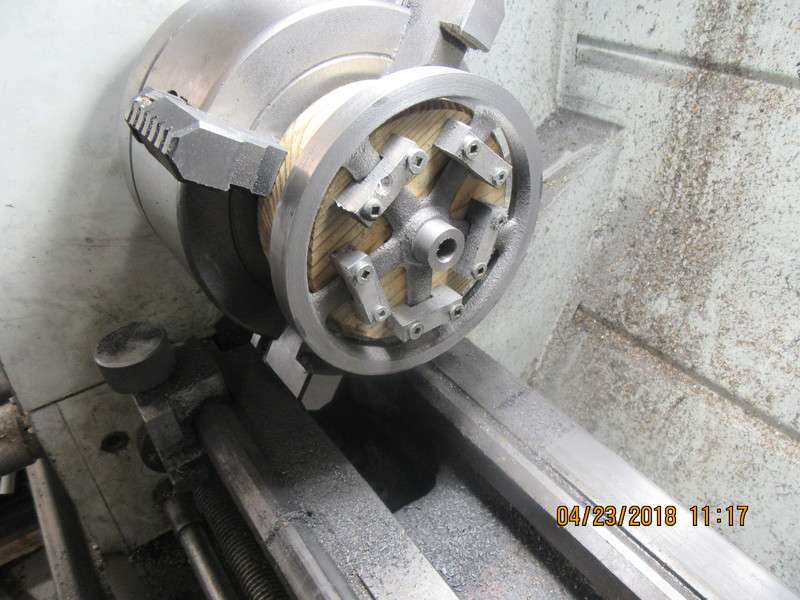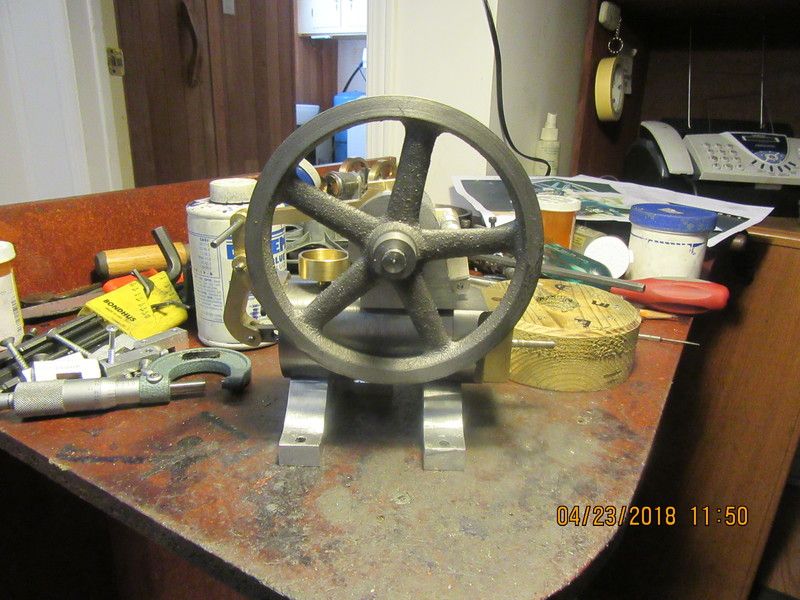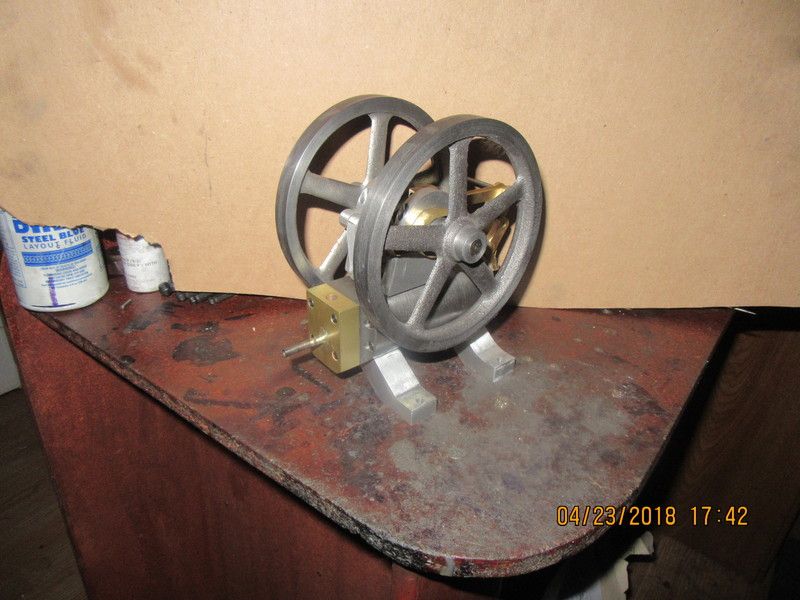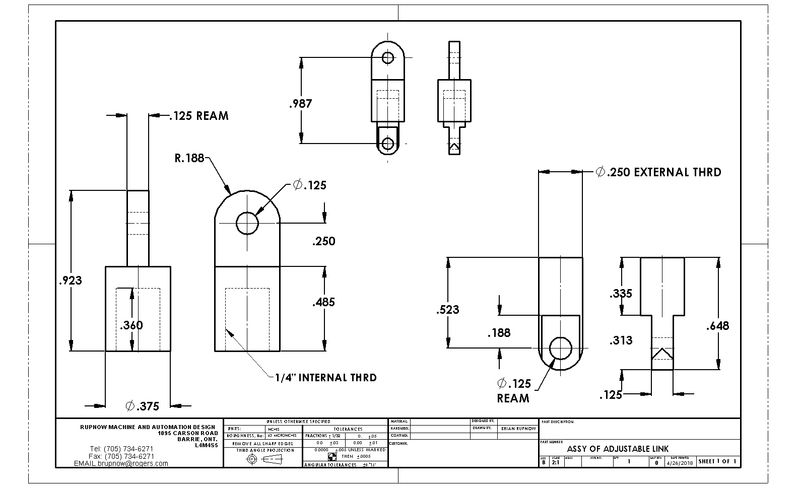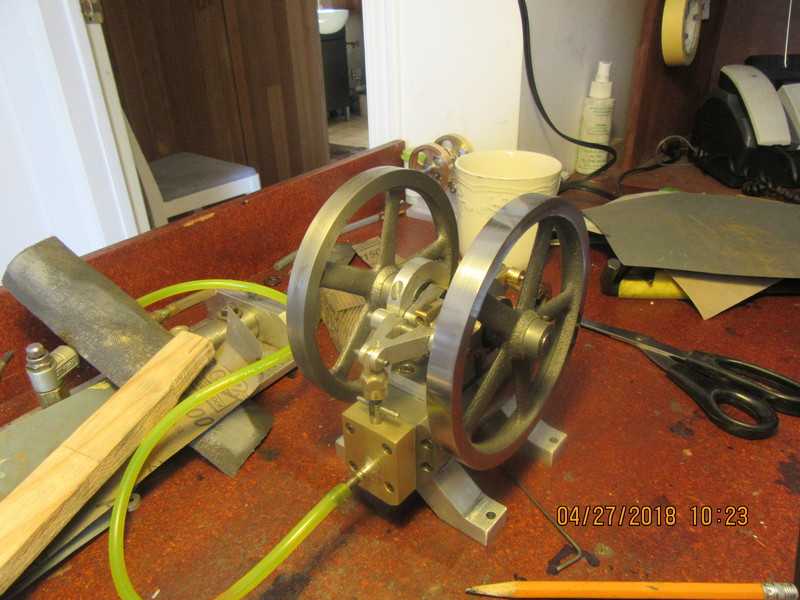If ever you need larger flywheels, this is the place to get them from.
They do up to 16" and are very well made with the outer rim usually ready machined.
The postage is very reasonable as well.
https://www.rc-machines.com/en/model-engineering/flying-wheels
John
They do up to 16" and are very well made with the outer rim usually ready machined.
The postage is very reasonable as well.
https://www.rc-machines.com/en/model-engineering/flying-wheels
John





